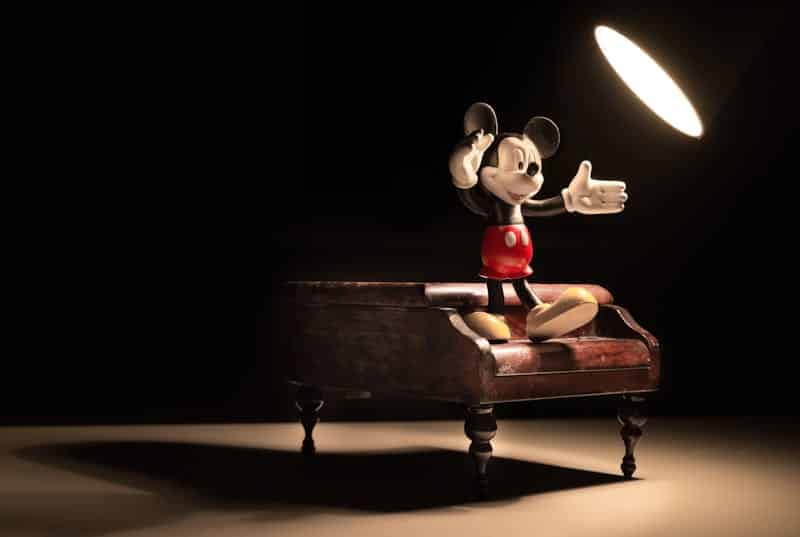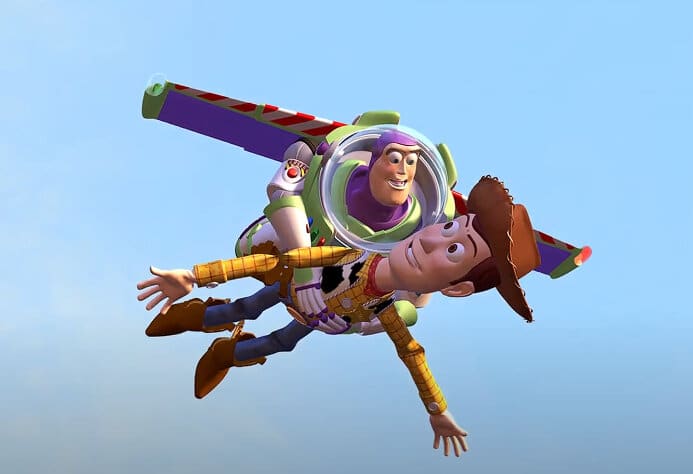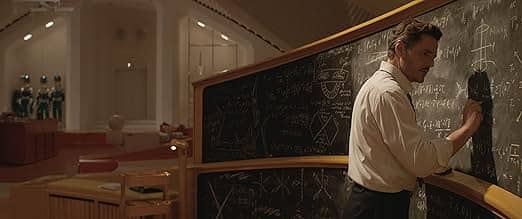The Astounding Evolution of Animation Techniques (1889-2024)
For over 100 years, animation has allowed the world to see their wild imagination brought to life. From simple flickering images to a notable cultural force, animation has entertained viewers, pushed the horizons of visual storytelling, and more. It would not have become the way it is now without the pioneers who pushed alongside technology.
Animation’s Early Days
Animation styles emerged alongside photography and film in the 19th and 20th centuries. While animation existed before, photography gave animators new tools to create and capture motion. Over the years, animation has pushed the limits of visual storytelling and expression. It has been used in multiple ways including education and advertisement. From history videos to ads, animation has effectively spoken of complex ideas.
The techniques we recognize as modern animation is a relatively modern invention. However, numerous older techniques influenced the art form from earlier times. The earliest known technology is a projector developed by Charles-Émile Reynaud in France in 1889. It was prominently used to animate transparent paintings in Reynaud’s animated shorts, including Pauvre Pierrot.
The Pantomimes Lumineuses premiere on 28 October 1892 marked the first instance of public, theatrical animation on film. All forms of animated film-making can also be traced back to the technique of shadow puppetry. This technique involves having cut-out figures held between a light and a screen and manipulating the figures to create the illusion of motion.
Stop-Motion
As we understand it today, animation is broadly accepted to have started in the early 1900s with the film Humorous Phases of Funny Faces in 1906. J. Stuart Blackton, creator of Humorous Phases, also experimented with stop-motion by photographing an object in different poses. These still images with slight changes between frames.
The animator then compiles them in a sequence to create the illusion of motion. The camera made this technique possible by letting animators capture and reproduce images faster. Then in 1908, Émile Cohl’s Fantasmagorie combined the stop-motion techniques with lighting. He placed a drawing on an illuminated glass plate and traced the next one with some tweaks until he produced nearly 700 drawings. It would be the early use of photo-scanning.
Improving the Motion
The next phase in animation styles came from Winsor McCay in 1914 with the film Gertie the Dinosaur. This film took the next step in giving animation a more fluid sense of movement. Winsor took the time to render the most minor details down to how the wrinkles on Gertie’s body move as she breathes. Winsor uses limited background as a tool to create unique moments. One of these shows Gertie grabbing and throwing a woolly mammoth into a lake, shrinking the creature as it goes for emphasis.
The Industrialization of Cel
One of the most significant early changes to animation technology came in 1914 when producer J. R. Bray and animator Earl Hurd patented the Cel Animation process. This proved crucial in industrializing and commercializing the animation process as a whole. They also set up a studio to rapidly produce and distribute cartoons. The 1919 animated short “How Animations Are Made,” directed by Wallace Carlson, showcased the many changes to the process. Animation had become far more commercialized, which also had the unfortunate side effect of limiting the freedom of animators.
Synchronized Sound and Sound-On-Film
Following Winsor McCay, sound was the next significant innovation in animation styles. The technology of synchronized sound, where sounds are coupled to associated images on film, acts as a middle ground between silent film and film with natively recorded sound. Then came Sound-On-Film, a process where the accompanying sound is recorded on photographic film. The primary way it differed from Synchronized Sound is in the recording style.
The Name Cartoon

While the industry experimented with some earlier sound styles before synchronized sound, it did not find anything that worked. Earlier techniques included Sound On Disc, which had to be recorded and replayed from a separate phonographic record. Dave and Max Fleischer’s Inkwell Studios heavily utilized sound-on-film between 1924 and 1926. During this time, they produced 19 sound cartoons as part of the Song Car-Tunes series. Car-Tunes later became the word ‘cartoon’ to describe an animated feature.
In September 1928, Paul Terry’s animated short, Dinner Time, featured a synchronized soundtrack that also contained dialogue. Terry was urged to add synchronized sound, considered a novelty at the time, to the film. Although the short’s overarching series was quite popular, the sound pilot episode was disliked.
The Magic of Technicolor
The next major innovation was the introduction of the two-color process. Early European animators used two-strip colored loops to produce colored animated films. This technique was used in films intended for home use and was not applied to theatrical releases. While some films did see a version released using lithograph coloring, the process was not commonplace and was eventually eclipsed by other methods.
It used a beam-splitting prism under the lens to divide light into red and green halves. While this did allow for color animations, it couldn’t specify which colors could be replicated. The first significant example of an animated release that saw this put to use was the film “Snow White” in 1937.
Adjusting Perspective and Frame Speed
At the same time, animation also saw the introduction of a new type of motion picture camera called the Multiplane camera. This allowed artwork to be moved past the camera at various speeds and distances. This process had the effect of creating depth and positional differences relative to other objects.
An advanced variation of this camera was developed by Bill Garity for Disney for use in Snow White. As a result of this and other successes, many other studios followed Disney’s lead in implementing sound and color. By the end of the 1930s, nearly all films would be produced using these techniques.
Pushing Into 3-D

In early 1960, animation had to be almost exclusively hand-drawn, as the technology for alternatives wasn’t there. With computer technology’s advantages, animation continued to evolve, revolutionizing the industry. The first computer-generated animation was Hummingbird, created in 1967. As people started watching cartoons in their homes much more, animation studios had to adapt.
Thanks to technological advances, animation could be created quickly and in greater detail. From the 1980s to the present, CGI has produced many quality animated feature films. The Graphics Group was the team behind one of the first 3D animated movies. Eventually, the business would become what is now known as Pixar. Toy Story, their first fully computer-generated imagery animated picture, debuted in 1995. Animators can now create films with more extraordinary personality, color, and depth thanks to computers and 3D animation.
Final Thoughts
Animation has continued to evolve since the dawn of its time. They started as hand-drawn animations brought to life by stop-motion to CGI rendering. This makes it possible for animators to create movies with a lot more color and character. The evolution of animation styles has not only occurred in the entertainment industry. Animation has also been used extensively in the marketing and advertising domains.
For More Great Content
Craving top-tier content that covers it all? From electrifying sports highlights and insider entertainment news to expert gaming tips and sharp betting advice, we’ve got you covered. Dive into our curated articles to stay ahead of the game with the latest sports action, uncover the hottest trends in entertainment, and get the lowdown on gaming strategies that could level up your play. Plus, our betting advice will sharpen your edge and boost your chances of winning big.
Whether you’re looking to stay updated or gain a competitive edge, our content is your go-to source for all things exciting and relevant. Don’t miss out—explore now and power up your knowledge! Follow us on Twitter/X @TotalApexSports to stay informed.





